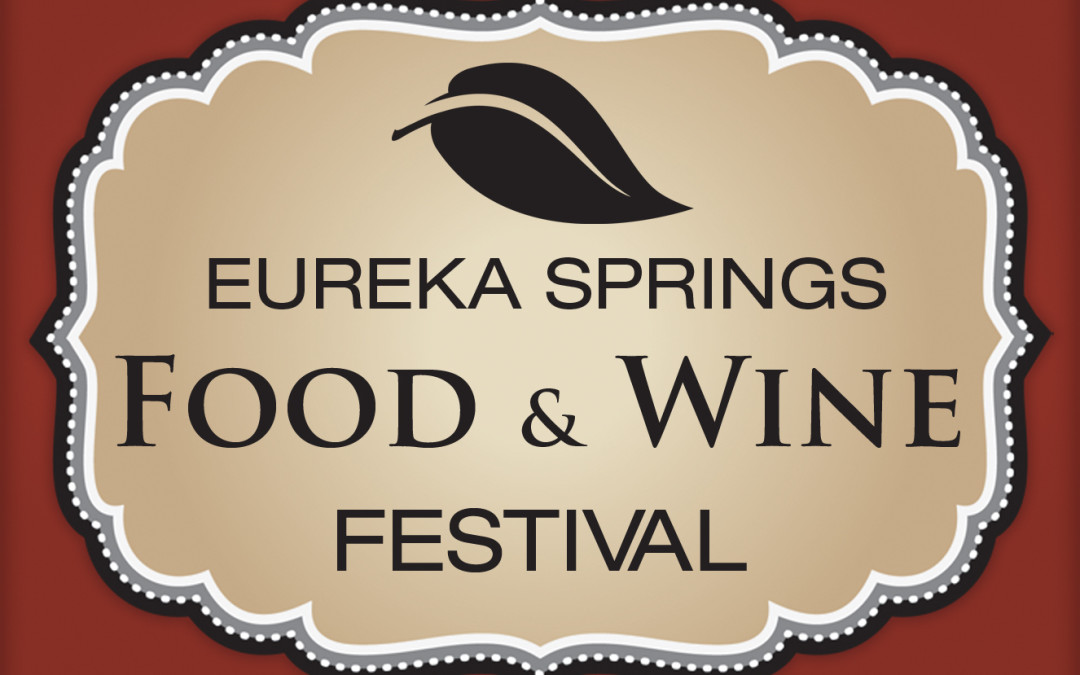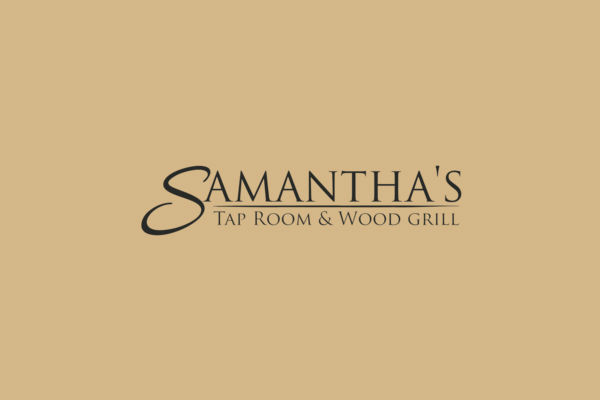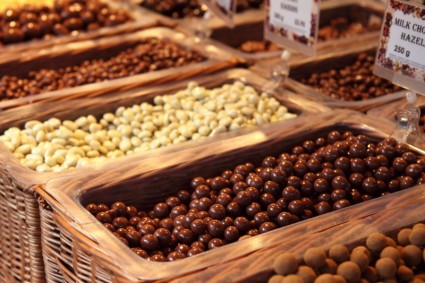
by Lorri | Nov 18, 2015 | UnCorked
It’s that time of year when questions from my friends and readers shift from general queries regarding storing, buying and serving tips to requests for specific wines to buy. With Thanksgiving just a week away and Christmas around the corner, most people are looking for direction on the best wines for the occasion.
Thanksgiving, as with most holidays, brings specific challenges when it comes to selecting the right wine.
The first is the pressure to accommodate all guests’ beverage preferences, from the soda and tea drinkers to the beer and liquor fans who are likely to toast the holiday with a glass of wine.
My best advice:
Keep it simple. We sometimes enjoy adventure in our wine selections for a traditional holiday and menu such as Thanksgiving, but it’s best to stick to reliable white and red wines that are known as crowd pleasers. Choose wines that are food friendly and generally familiar. This is no time to serve something that calls for a pronunciation guide and geography lesson.
Save that treasured bottle for another time. This is not the time to delve into your wine cellar for your prized bottle of wine. Thanksgiving is generally the only time of year entire families get together, intermingling a gamut of tastes and preferences. Save your special bottles for times when you know each and every guest will truly appreciate them, and they won’t be overpowered by the seemingly limitless array of food offerings.
Wine doesn’t need to be stressful. While your culinary creations for the holiday may demand hours or even days of preparation, the wine will simply be ready when your guests arrive. Many retail stores have started offering specials, so there’s no need to wait until the last minute. Buy early so you can check this off your “to do” list and have one less errand nearing the Thanksgiving celebration.
THE VALUES
- 2014 Matchbook Chardonnay, California (about $13 retail)
- 2013 Wild Horse Pinot Grigio, California (about $15 retail)
- 2014 Force of Nature Red Blend, California (about $16 retail)
- 2014 Hess Cabernet Sauvignon, California (about $17 retail)
- 2014 Bogle Essential Red, California (about $12 retail)
THE SPLURGES
- 2012 Alta Maria Santa Maria Pinot Noir, California (about $31 retail)
- 2013 Keenan Merlot, California (about $33 retail)
- 2013 Presqu’ile Chardonnay, California (about $34 retail)

by Lorri | Nov 11, 2015 | UnCorked
No need to travel to Napa or Sonoma Valley for wine and food bliss because it can be found in our home state at the Eureka Springs Food and Wine Festival from Thursday through Sunday at various locations throughout the mountain village. The festival was started in 1993 with restaurants offering a culinary experience for everyone.
Restaurants will be dedicating nightly food and wine pairing specialties throughout the week exclusive to the festival. Linda Hager, owner and chef at the Cottage Inn will host a South America Wine Dinner from Thursday through Sunday, with each evening showcasing a different multi-course meal paired with South America’s best wines.
Other food and wine explorations for the weekend include Davito’s, The Stonehouse, Fresh: Farm to Table Fresh, Grotto Wood Fired Grill and Cave, Grand Tavern, Brew’s at KJ’s Caribe Restaurant.
Keels Creek Winery will host an event featuring wines of Arkansas with all-day tastings on Thursday and Friday. On Saturday there will be a special wine event from 3 to 6 p.m. with small plate appetizers with local Arkansas wineries.
For a complete schedule of events, visit tinyurl.com/l8tzoma or tinyurl.com/l8ncgh3
THE VALUE
- 2014 Domaine Bousquet, Argentina (about $14 retail)
THE SPLURGE
- NV Keels Creek Winery Muscat, Arkansas, 375 mL (about $15 retail)

by Lorri | Nov 4, 2015 | UnCorked
Samantha’s Tap Room and Wood Grill in Little Rock is on the cutting edge of wine serving in the Natural State. It’s the first restaurant in Little Rock to offer all wine and beer on tap, through a top-of-the-line tap system with 32 beers and 20 wines offered.
The restaurant was awarded the 2015 KEGGY Peoples Choice Award given by Free Flow Wines of California. The award was announced in September and officially presented Oct. 22 in Napa Valley, Calif. In a news release, Free Flow Wines said, “Samantha’s was chosen for going above and beyond in the wine on tap category.”
If you consider how long it took for the world to accept screw top closures on wine bottles, it’s no wonder there’s some confusion and misunderstanding surrounding the wine keg.
The wine keg is one of the biggest innovations in the wine industry. It offers restaurants the ability to preserve wine by slowing the inevitable stages of oxidation and spoilage, as well as promoting environmental responsibility with less waste and packaging. Even better for consumers, it allows us to explore many different wines in one setting.
It works much like a beer on tap system. Most kegs are around 20 liters, holding the equivalent of about 25 standard 750 mL bottles. The wine is sent from the vintner to a distributor and then filled into stainless-steel kegs. When the keg arrives at the restaurant, a plastic tubing system connects the keg to the tap dispenser and a gas (mostly nitrogen) is used to pump the wine through the system into the glass. In turn, making the wine on tap idea a great innovation.
In a news release, Jordan Kivelstadt, founder and chief executive officer of Free Flow Wines, said, “As of today, Free Flow Wines and our partners have saved 5,805,618 bottles, corks and foils from the landfill, totaling almost 9 million pounds of trash. … That’s a significant reduction in waste, and as an industry, we should all be very proud of that accomplishment.”
Of course wine bottles are not going away and will continue to be the standard packaging for wine. There are not many who will be installing keg systems in their homes, but there’s no question the system is a great innovation.

by Lorri | Oct 28, 2015 | UnCorked
The grape variety barbera (bar-BEAR-uh) plays second fiddle to the more famous Barolo Italian grape. But over the last 20 years we’ve seen this grape receiving attention and Babera wines earn their place at the table. Once regarded as an ordinary everyday drinking wine, barbera grows around the world, but it is the vineyards of Italy’s Piedmont region that for centuries have produced the most concentrated and complex examples of this grape.
Here’s some trivia about this grape that makes for an interesting dinner conversation (at least for wine geeks). Barbera is thought to be nearly 1,000 years older than cabernet sauvignon. Researchers have found the grape can be traced as far back as the 7th century.
As with many a great dinner conversation, there is also a tale of scandal. A 1986 Time magazine article reported on a wine scare across Europe precipitated by the illegal use of wine additives. Eight Italians were found dead and more than 30 hospitalized after drinking Odore barbera. The wines were found to contain 5.7 percent methyl alcohol; the legal limit was 0.3 percent. Methyl alcohol is generally used in industrial applications including antifreeze, solvent and fuel. The scandal resulted in regulations that require all exported Italian wine to be carry a government certificate of purity.
Barbera can be refreshing in its youth with cherry and raspberry flavors or aged into a serious full-bodied style with a plummy spice taste. When made with care it can even deliver the undeniable “truffle” aromas and flavors reminiscent of the great wines of Piedmont.
This grape is often overlooked in food and wine pairing. As with most Italian grapes, its high acid content and soft tannins make it an almost perfect match with most foods.
THE VALUE
- 2014 Paolo Marcarino Piemonte Barbera, Italy (about $14 retail)
THE SPLURGE
- 2011 Michele Chiarlo Barbera D’Asti, Italy (about $21 retail)

by Lorri | Oct 21, 2015 | UnCorked
One of the highlights of my year is being invited to participate as a judge in the wine competition at the Arkansas State Fair and Livestock Show.
This year’s competition continued to impress, the wines surpassing those from the past several years. The wines are judged blind, meaning the judges do not know which winery’s sample they are judging. This ensures they are scored based solely on the wine.
The wines were categorized as “AVA” and “non-AVA.” As with most wine labeling, our homegrown wines can be just as confusing when it comes to understanding those label terms.
American Viticulture Areas (AVAs) were established in 1979 and are “official” grape-growing areas in the United States. About 200 AVAs exist, with new areas approved yearly.
They are geographic areas that have similar climate, geology, soils, physical features or elevation. They are established through a petition to the U.S. Alcohol and Tobacco Tax and Trade Bureau by growers and wineries. There are no limits to an area’s size, grapes grown, viticulture practices, or winemaking procedures, and one AVA may exist within another. When an AVA designation appears on a wine label, at least 85 percent of the juice from which the wine was produced must have come from the designated AVA.
According to Encyclopedia of Arkansas and the bureau, three AVAs exist in Arkansas. Ozark Mountain AVA, established in 1986, is the seventh largest in the United States at 3,520,000 acres and extends into Oklahoma and Missouri. Arkansas Mountain AVA, also established in 1986, is 2,880,000 acres, while Altus AVA is the smallest and oldest area, established in 1984 and comprising 46,000 acres. Both the Arkansas Mountain and Altus AVAs are within Ozark Mountain AVA.
As for the winners of the competition, some wines are produced in limited quantities; you will need to contact the winery directly for pricing and availability.
And the winners are …
AVA GRAND CHAMPION
- NV Cowie Winery Robert’s Port Reserve, Paris, Ark.; (479) 963-3990, cowiewinecellars.com
NON-AVA GRAND CHAMPION
- 2014 Post Familie Traditional Red, Altus, Ark.; (800) 275-8423, postfamilie.com

by Lorri | Oct 14, 2015 | UnCorked
The subject of wine and chocolate is often reserved for Valentine’s Day and other romantic occasions. But over the past few months the question of chocolate’s pairing with wines has come up multiple times. So much so that it is now a two-part section for my students in Food and Wine Pairing class at Little Rock’s Pulaski Technical College’s Culinary Arts and Hospitality program. Wine and chocolate are similar in details.
The production process of chocolate is important because, just as wine has complexity in its birth, so does chocolate. Cacao trees grow in rain forests in a band that spans 20 degrees north and south of the equator.
Fruit pods hang from the trunks of the trees. The beans develop inside the pod and are surrounded by a sweet, white pulp. The pods are harvested by hand, then placed in earth pits, covered with banana leaves and allowed to ferment. Just as with wine, this is the state in which the fruit develops aromas, color and complexities as sugars turn to acid. After a week or so of fermentation the pods are dried, sorted and shipped to a production facility. At the factory, the beans are roasted. During this process, the outer shells crack, revealing the “nibs,” known as the “meat” of the cacao bean. The nib is crushed by mechanical rollers, and the friction causes the nibs to turn into a liquid. It is this stage that determines if the nibs will be made into cocoa (powder) or chocolate (solid).
I find it interesting that a chocolate assessment follows similar guidelines as professional wine tasting.
First the appearance. What is the color: Is it pale or dark, radiant or dull? Assess the colors based on shades ranging from brown to black, white to ivory, and yellow to gold.
Next is texture. The better the quality of chocolate the more distinct the cracking sound when you break it. Place the chocolate close to the ear for more detailed sounds. Examine the edge of the break. Quality chocolate should have a clean break and usually not a crumbly or jagged one.
Followed by aroma. Fine chocolates tend to have a broader range of complexity in aromas. Smell the chocolate: Do you detect notes of milk, honey, flower, caramel, nuts, vanilla, roasted nuts or even herbs?
Of course tasting will complete the process. Take a small piece of chocolate in your mouth. Observe the level of sweetness, fruitiness, earth tones and subtle roasting characteristics. Finer chocolates will melt more slowly, offering a more detailed perception of flavors and characters.
For pairing with milk chocolate:
THE VALUE
- 2014 Chloe Pinot Noir, California (about $12 retail)
The Splurge
- NV Cockburn’s 20 Year Tawny Port, Portugal (about $45 retail)
For pairing with dark chocolate:
THE VALUE
- 2013 Ravenswood Lodi Zinfandel, California (about $14 retail)
THE SPLURGE
- 2013 Keenan Napa Valley Cabernet Sauvignon, California (about $47 retail)





